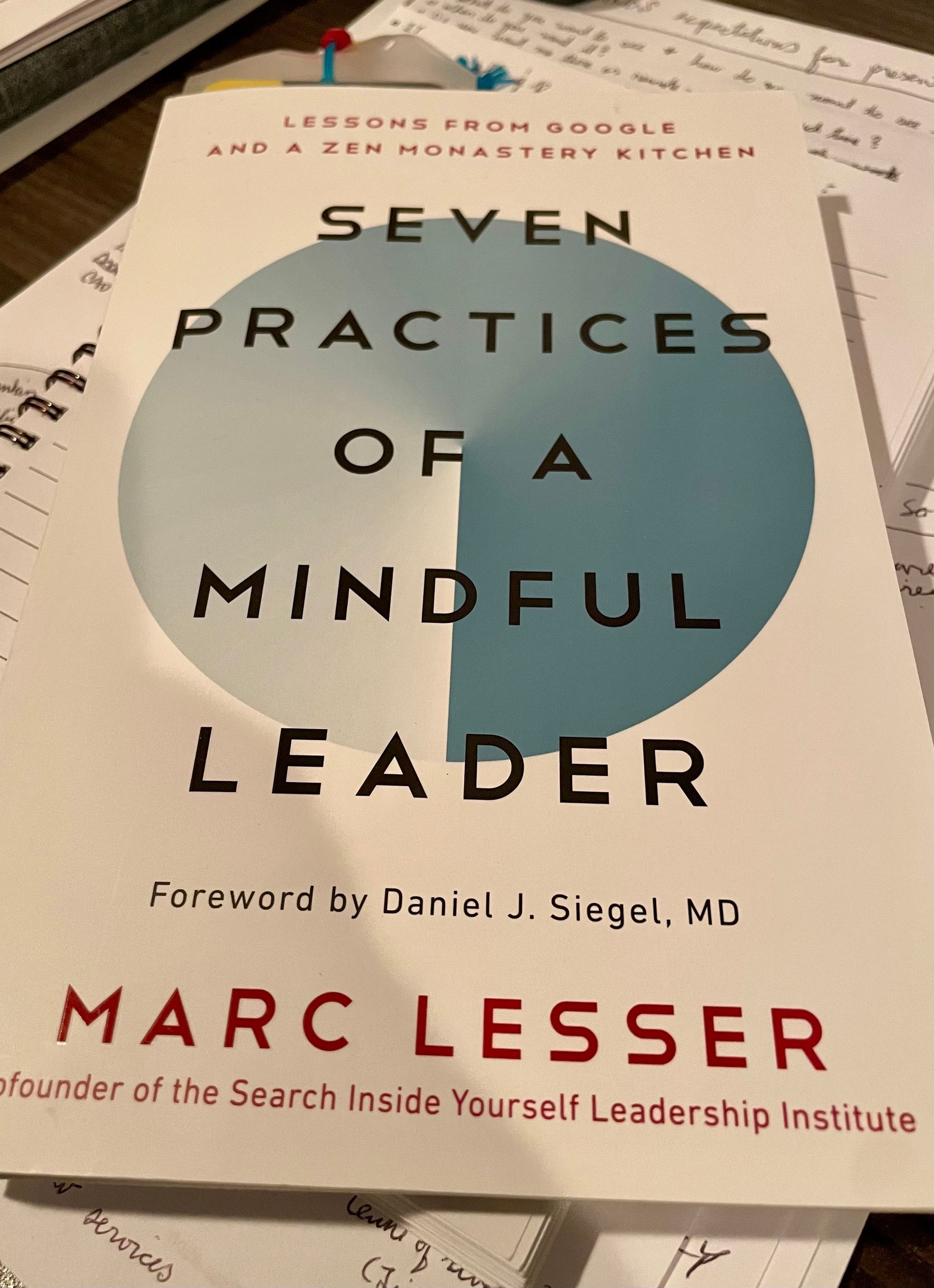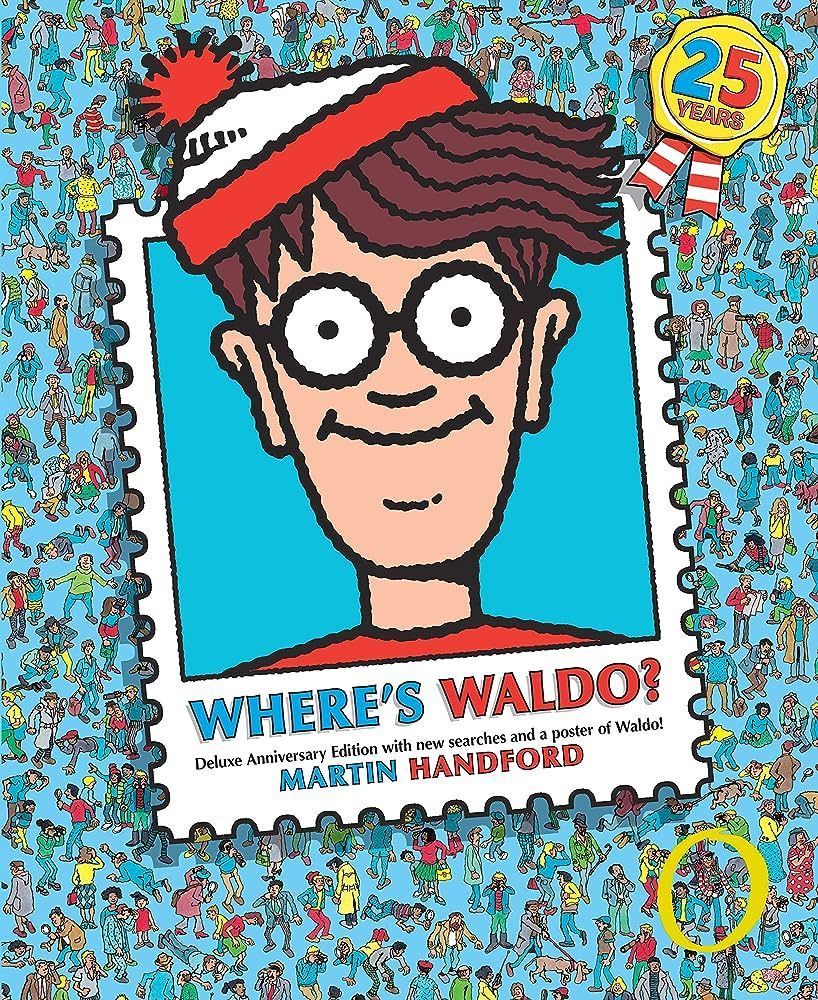The Benefits of Gamification
Nowadays, when I say games, most people think about video games. That's ok. Our family likes board games, so when I say games, I mean games in general. Perhaps this is a generational thing? Although I have an app on my phone, it is definitely a "video game" – Clash of Clans. Apps on your phone are more than just games, but many people are engaging in fun distractions like Candy Crush or Fruit Ninja.

When researching this topic, I found many studies that share different statistics around those who enjoy games. In general, however, I would share that the numbers are on the rise for every demographic. It is becoming a huge part of the lives of Gen Y or younger. Apps are really impacting the way a bank operates or the travel industry for sure.
So, knowing that:
- Most people enjoy games;
- Their lives are being impacted in a big way by apps on their phones; and
- There is a potential for these types of distractions to be just that during hours of work...
What could or should be done to recognize this and maybe even take advantage of it? Let's talk about gamifying the workplace.
What is gamifying?
According to the Miriam-Webster definition, Gamify means "the process of adding games or game-like elements to something (such as a task) so as to encourage participation."
So, using the example I know best, a municipal workplace, what could gamification look like? I would argue that some of the current planning that is done mirrors gameplay already. Perhaps the best example would be how traffic engineers design roads and traffic lights to maximize vehicle movement efficiency.
Of course, they need to layer in filters like safety, cost, aesthetics, etc. Still, these lend themselves well to the parallel of resources, abilities and rewards in many games.
I wonder if this type of scenario could work elsewhere in a municipal workplace?
What if the recreation area planned programming and new facilities based on a metric or return of overall community satisfaction around their physical wellness? Perhaps we could use some base data after asking our public which programs and facilities they think would provide them with the most benefit. We can then layer in things like cost, time, staff required. The public would be engaged our different levels of the recreation department to "create" a strategy to maximize benefits going forward.
Gamification in our day-to-day lives
How many of us are tied to our Fitbit or Apple Watch and feel compelled by them to get those last few steps before an hour ends or have made a habit of trying to get better sleep as a result?
As suggested earlier, this gamification of our lives is becoming the norm. How many of us are tied to our Fitbit or Apple Watch and feel compelled by them to get those last few steps before an hour ends or have made a habit of trying to get better sleep as a result? This will only become more pervasive in our lives, no getting around it. Whether or not this, in general, is a good thing or not is a topic for another blog; however, how could a workplace benefit from introducing this type of engagement strategy for employees?
Gamifying our workplace
Attracting talent can undoubtedly be improved by sharing an innovative culture that inspires inclusion and fun. Gamification has been known to encourage more participation in special initiatives. Those engaged in this type of work tend to spend more focused time on those initiatives because they are designed to be socially interactive, bring emotional responses forward positively, and be personalized and reduce the anxiety of the introduction of something new. Gamification can be tailored to bring together the elements of team building, crowd-sourcing input and using that data to then strive for outcomes that stress mutual benefit.
The most engaging municipal planning sessions invite participants to create their own end-product with the knowledgeable subject matter experts in the room. This provides guidance on what may or may not be possible within specific parameters, explained and understood upfront – in essence, given the game rules before playing.
What is the allure of games?
People love the idea of succeeding at a task and receiving a reward of som
e sort. This is a big part of games, instant gratification and some kind of sense of accomplishment. As can be the case with gamification at work. Then, believing in your ability to succeed in such a way has lasting benefits to performance and a sense of purpose.
Gen Y and younger certainly gravitate towards gamification more quickly than older generations. This is the young talent required for long-term resiliency in municipal government. Gen Y is motivated by mastery of skills and a sense of relatedness or purpose. Gamification brings those attributes to the workplace in an enjoyable way.
A nice balance of collaboration and competition can have some profound results for a workforce. In the short term, there is the transformation of how people are trained in new positions. In the medium term, you can think about enhanced productivity due to capturing discretionary effort. Finally, the long-term impacts can be seen in the improvement of overall employee and organizational well-being. These observations are all commonly reported in workplaces that have introduced gamification.
Effects of injecting play in our work
The increases in well-being resonate strongly with me. I feel that this is the reason for being a municipality. Much of my narrative has been around citizen and community well-being. Still, I am not surprised to hear of the benefits in employee well-being due to the happiness that comes with being engaged in this way.
At corporate level strategic planning, I suggest a "civilization-type" game where all of what we do as a municipality is gauged as to its returns in the form of well-being. The gamification that could occur is having the municipal team develop the winning combination of programs that maximize well-being? Sound familiar? If not, go back and check out previous blogs.
If the topic is of interest to you and you know of examples that exist, can you please share them? I would love to hear more about what is out there. Thanking you in advance. Be well.
Kelly
(This blog was originally posted on Mar 25, 2020 by Kelly Rudyk)


